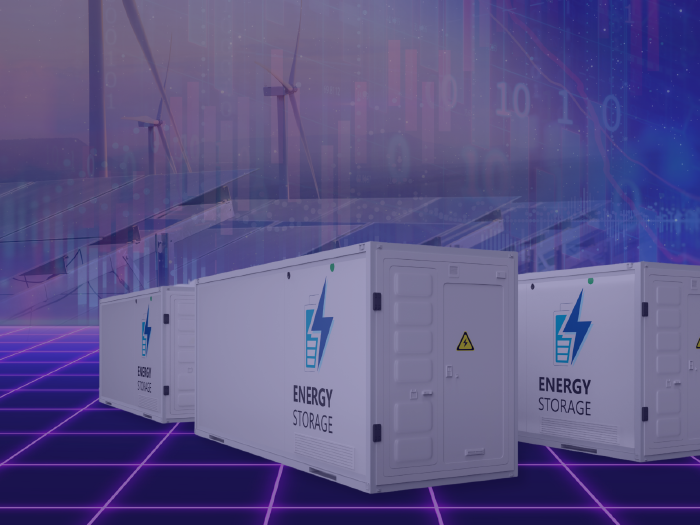Insights
better business decisions
Posted 2 years ago | 2 minute read

Energy efficiency improvements must double this decade
The International Energy Agency (IEA) has emphasised the need for a significant increase in global energy efficiency improvements to meet international climate objectives. Doubling the current rate of progress within this decade could yield several positive outcomes, including the creation of millions of job opportunities and enhanced energy access for nearly a billion individuals.
Its latest report, published on 7 June, highlights a noteworthy acceleration in global energy efficiency improvement during 2022 with global energy intensity decreasing 2.2% decrease last year – twice the average decrease observed over the previous five years. This improvement can be attributed largely to policy responses initiated in response to the energy price crisis. But the IEA said an annual decrease of 4% is necessary to fulfil the commitments outlined in the Paris Agreement on climate.
To achieve the 4% annual reduction in global energy intensity, the IEA urges policymakers to encourage private investment in energy efficiency by tripling the current level of investment. In 2022, $600B was invested, but this figure should reach at least $1.8T by 2030. In addition, policymakers must improve communication campaigns aimed at behaviour change and enhance consumer protections related to energy efficiency technologies to ensure active participation from smaller businesses and households.
The report proposes a three-pronged policy approach comprising regulation (including the prohibition of the least efficient equipment and buildings), provision of information, and incentives. Crucially, the IEA recommends that policymakers present energy efficiency to citizens as an opportunity rather than a burden. The report outlines the potential for the creation of 12 million jobs by the end of the decade if global annual energy intensity improvements reach the targeted 4% mark. These jobs would involve tasks such as designing, manufacturing, and installing low-carbon heating systems and building retrofit solutions.







